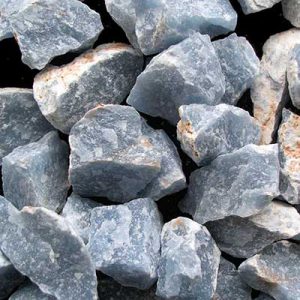Angelite
Angelite is a trade title for a translucent to opaque, a light variety that is blue of marketed being a treasured material. Angelite is called for the “angelic” light blue to colour that is lilac-blue. Anhydrite is known as from the Greek word anhydrous meaning without water, in allusion to the lack of water in its structure, in comparison to Gypsum, which contains water.
Anhydrite is a relatively common mineral that is sedimentary is the result of dewatering of the rock forming mineral Gypsum. Good crystal specimens of Anhydrite are incredibly rare so gems that are faceted additionally extremely unusual. However, fine semi-translucent to opaque specimens of Angelite have actually been present in Mexico and Peru that have a fine colour that is blue.
| Chemical Formula: | CaSO4 |
| Calcium Sulfate | |
| Molecular Weight: | 136.14 gm |
| Composition: | Calcium | 29.44 % | Ca | 41.19 % | CaO |
| Sulfur | 23.55 % | S | 58.81 % | SO3 | |
| Oxygen | 47.01 % | O | |||
| 100.00 % | 100.00 % | = TOTAL OXIDE |
| Crystallography: | Orthorhombic – Dipyramidal |
| Crystal Habit: | Crystals tabular on {010}, {100}, or {001} or equant with large pinacoid faces; elongated along [100] or [001], to 15 cm, with about 40 forms recorded. Typically granular, nodular, parallel or divergent fibrous, massive. Contorted concretionary forms (Bowel Stone). |
| Twinning: | Simple or repeatedly on {011}, common; contact twins rare on {120}. |
| Cleavage: | Perfect on {010}, nearly Perfect on {100}, Good to Imperfect on {001}; yielding pseudocubic fragments. |
| Fracture: | Irregular/Uneven, Spintery |
| Tenacity: | Brittle |
| Moh’s Hardness: | 3.0 – 3.5 |
| Density: | 2.96 – 2.98 (g/cm3) |
| Luminescence: | Occassionally red under LW UV |
| Radioactivity: | Not Radioactive |
| Color: | Light Blue, light Lylac-Blue, Grayish-Blue |
| Transparency: | Translucent, Opaque |
| Luster: | Pearly on {010}, Vitreous to Greasy on {001}; Vitreous on {100}. |
| Refractive Index: | 1.567 – 1.618 Biaxial ( + ) |
| Birefringence: | 0.0420 – 0.0440 |
| Dispersion: | Strong; r < v |
| Pleochroism: | None |


